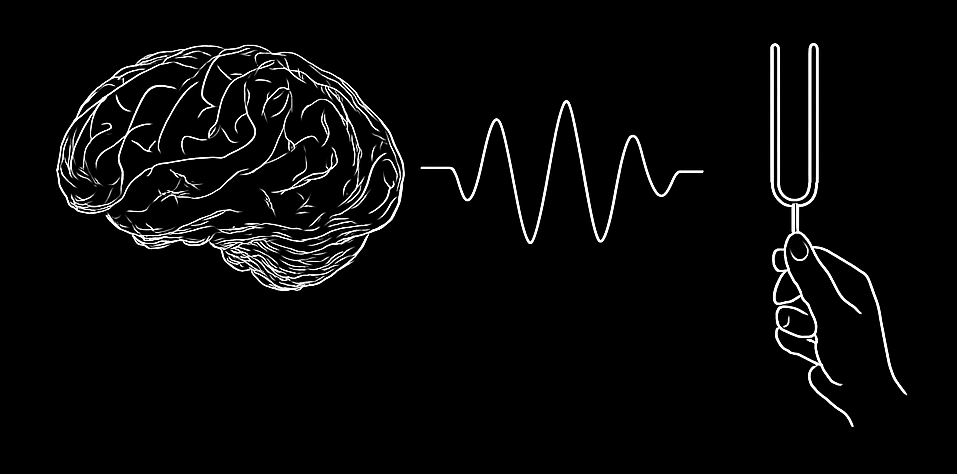Brain-body connection
How do the rhythms of the brain and body work together?
My current research explores the connection between the heart and brain. One key measure is heart rate variability (HRV)—the natural rise and fall of your heart rate—which is strongly linked to mental health.
These links have often been explained as the brain controlling the body. But my recent work suggests the opposite is also true: rhythms in the body, like heartbeats, can shape brain activity. This “bottom-up” influence might help explain why breathing practices like meditation and yoga can improve mental well-being.
Can we change how our brains function by tuning into the rhythms of the body?
Selected Publications
Sargent et al. (2024). Oscillatory coupling between neural and cardiac rhythms. Psychological Science.
Sargent et al. (2025). Brain-body dysconnectivity: deficient autonomic regulation of cortical function in first-episode schizophrenia. Psychological Medicine.
Mental health and neuromodulation
Brainwaves help the brain communicate—like radio signals carrying information on different frequencies. When these rhythms become disrupted, it can lead to mental health challenges.
My research has examined brainwave changes across the diagnostic spectrum, with a particular focus on psychosis and schizophrenia. How do disrupted brainwaves change our basic experience of reality?
Can we find ways to restore brain rhythms once they’re disrupted? Neuromodulation is a growing field in which technologies such as deep brain stimulation (DBS) and transcranial magnetic stimulation (TMS) are used to alter rhythmic activity in the brain. But there may be ways to “entrain” brain rhythms naturally, through biofeedback, breathing exercises, and even sound.
Selected Publications
Sargent et al. (2021). Resting-state brain oscillations predict cognitive function in psychiatric disorders: A transdiagnostic machine learning approach. NeuroImage: Clinical.
Jacob & Sargent et al. (2023). The Scanner as the Stimulus: Deficient Gamma-BOLD Coupling in Schizophrenia at Rest. Schizophrenia Bulletin.
Oudijn & Sargent et al. (2025). Electrophysiological effects of deep brain stimulation in anorexia nervosa. Journal of Psychiatric Research.
When we connect, our bodies do too.
During social interactions, humans synchronize their movements, physiological rhythms (like breathing and heart rate), and even their brain activity. This brain-to-brain synchrony is linked to how emotionally close we feel to others.
I’m interested in how shared rhythms—like breathing and heartbeats—might help create this neural synchrony. Could understanding these relationships help us feel more connected to each other?
On the same wavelength: Brain-to-brain synchrony
Selected Publications
Chen, P., Hendrikse, S., Romani, M., Sargent, K., Oostrik, M., Wilderjans, T., Koole, S., Medine, D., Dikker, S. (2021) Hybrid Harmony: a multi-person neurofeedback application for interpersonal synchrony. Frontiers in Neuroergonomics.


